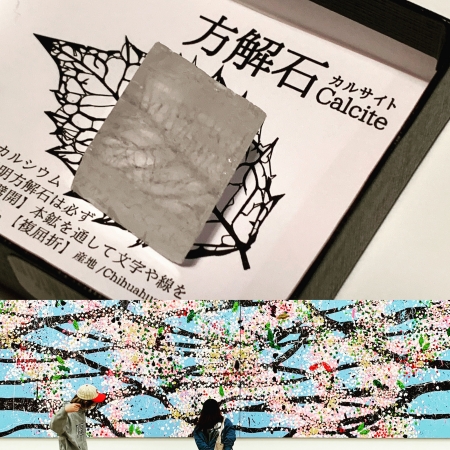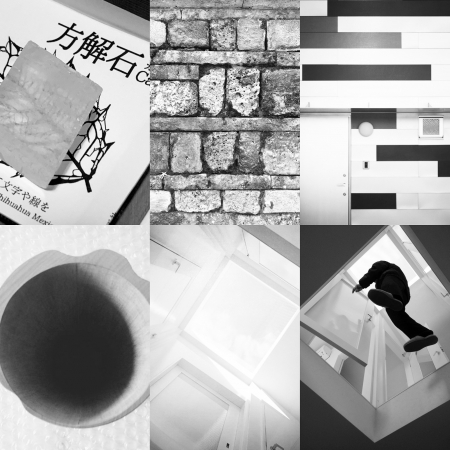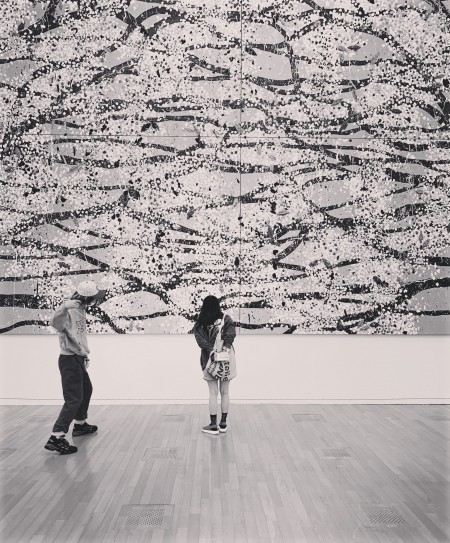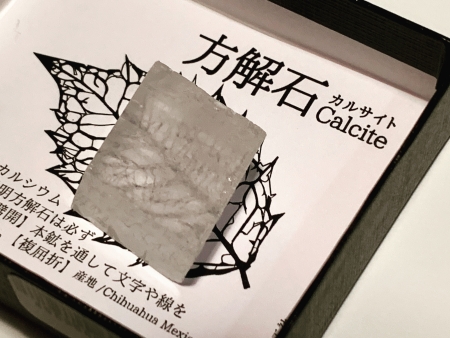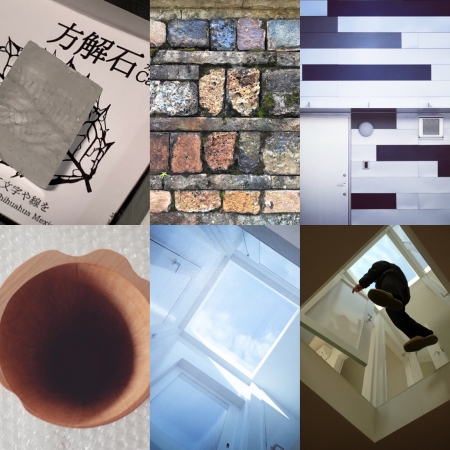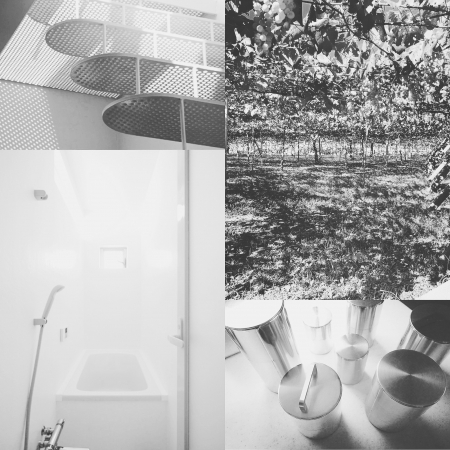他者の投影
ある一点を見つめていると周りはボヤけてくる。まさにある一点を見つめることがものづくりかもしれない。次のことを考えているつもりでも、ある一点を見つめる範疇から逃れることができておらず、周りがボヤけている様を自身の投影に利用する。ある一点を見つめることは他の部分を捨てて断絶しているように見えるが、一点に集約して周りを引き連れようとしているようにも見える。解釈のちがいは断絶か連続かだが、断絶せずに次のことを考えていても何も変わらない、連続では何も変わらない。次のことを何かを変えたいならば、一点を見つめながらボヤけている周りに他者を投影したい、それで断絶できる。
"Projection of others"
When I stare at a certain point, the surroundings become blurred. It may be manufacturing to look at exactly one point. Even if I think about the following things, I haven't been able to escape from the category of staring at a certain point, and I use the appearance that the surroundings are blurred for my own projection. Looking at one point seems to be cut off by throwing away the other parts, but it also seems to be trying to consolidate into one point and take the surroundings. The difference in interpretation is whether it is discontinuous or continuous, but nothing changes even if you think about the following without discontinuity, and nothing changes in continuous. If you want to change something to the next thing, you want to project another person around the blur while staring at one point, and you can cut it off.

